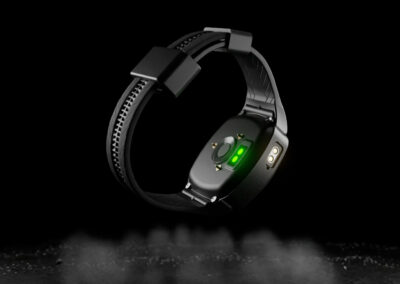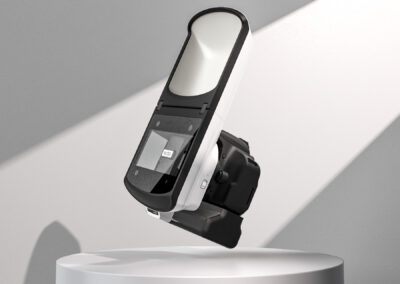PRECISION IN IMAGING AND DESIGN
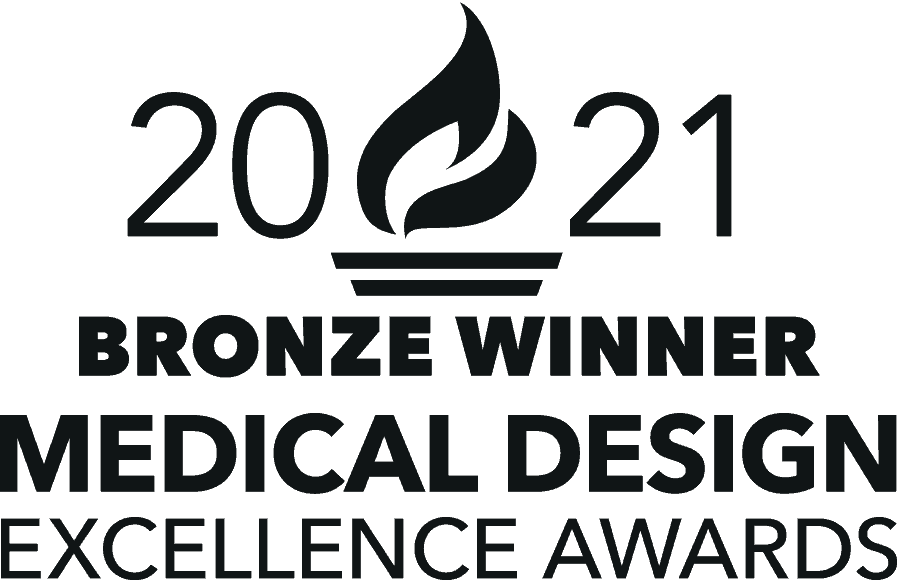
Hologic – Trident HD Specimen Radiography System
HSD worked with Hologic to identify key insights in use through contextual inquiry design research and then translated these findings into a device that reflected the Hologic brand.
Featured Case Study
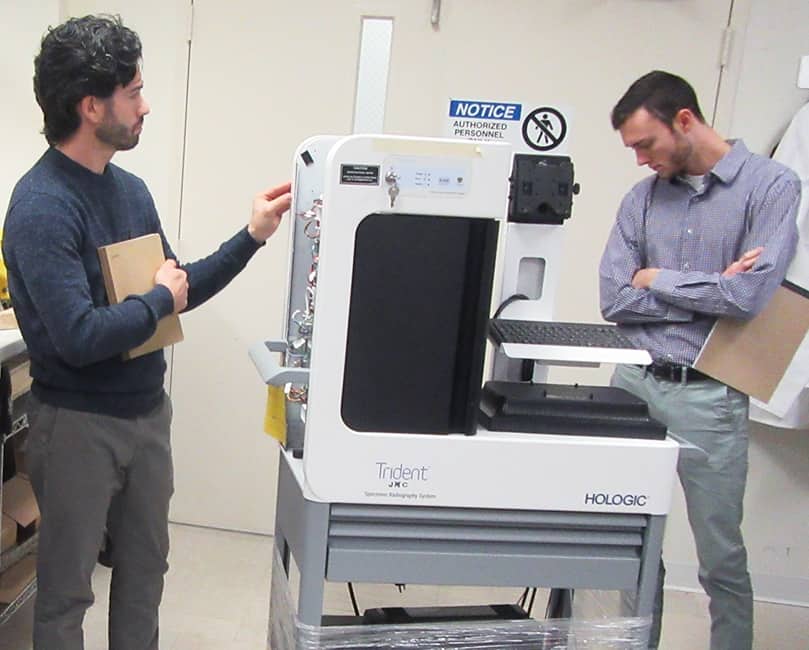
The Challenge
Hologic came to HSD looking to revitalize its Trident Specimen Radiography System by not only improving upon their technology, but also by understanding and optimizing its usability in order to better their competitors. In addition, Hologic was looking to unify its product line under a design language. HSD began by understanding and evaluating the predecessor Trident system and analyzing their competitors. The team reviewed everything from mechanical details and system architecture, to user workflow and human factors.
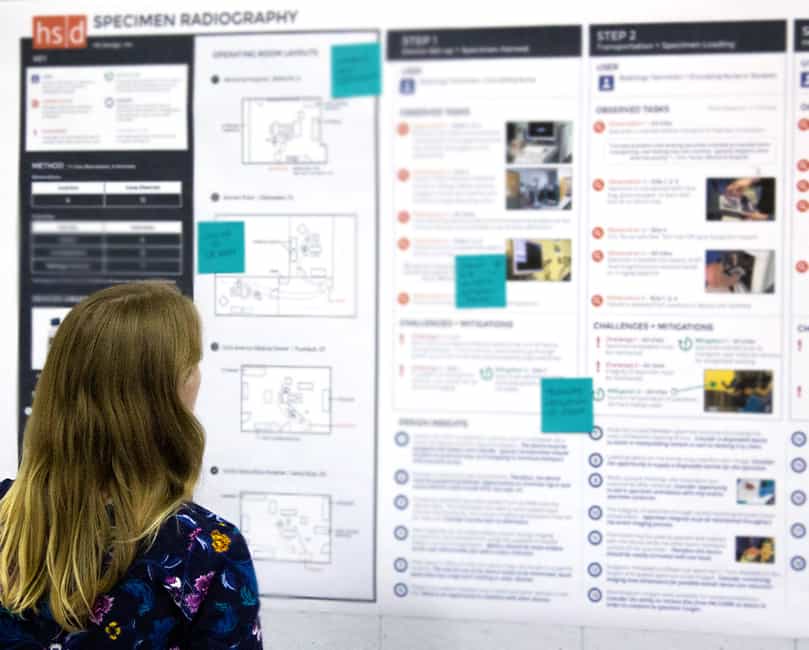
Identifying Research Insights
The HSD’s research team visited 4 locations, observed 11 cases across 3 devices, and interviewed 8 users ranging from surgeons, to circulating nurses, to a radiology technician. HSD utilized multiple design research techniques while observing the medical procedures and was able to identify challenges and design insights based off in-person observation and questioning. The design researchers compiled a report and mapped the device workflows including all users and interaction points. This generated almost 40 insights with actionable items that were communicated to the design teams and were used as a guide to designing a system with optimal usability.
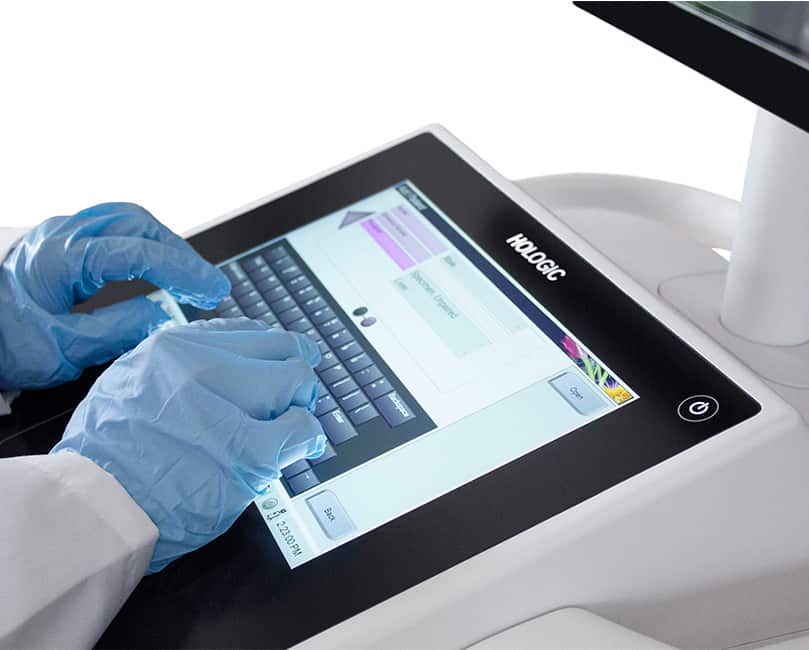
Redefining the User Experience
Following the design insights, HSD and Hologic discarded the traditional keyboard and mouse used with the previous Trident and their competitor devices and opted for an all glass, capacitive touch surface with an integrated secondary touch screen. This design decision allowed for multiple advantages ranging from the clean-ability of a completely smooth glass interface in an operating room setting to enhanced usability and image viewing. With the user interface living on the work surface, the biopsy images are displayed to the users in full screen on the above monitor. This allows for the largest image size and detail which is highly crucial to surgeons evaluating the images from a distance while within the sterile field. The glass work surface contains a capacitive touch mouse pad that enables users to access the above monitor and provide further accuracy in selection and manipulation. Backlite capacitive buttons appear and disappear into the glass surface depending on where the user is in the workflow ensuring critical functions are not activated outside the proper workflow process.
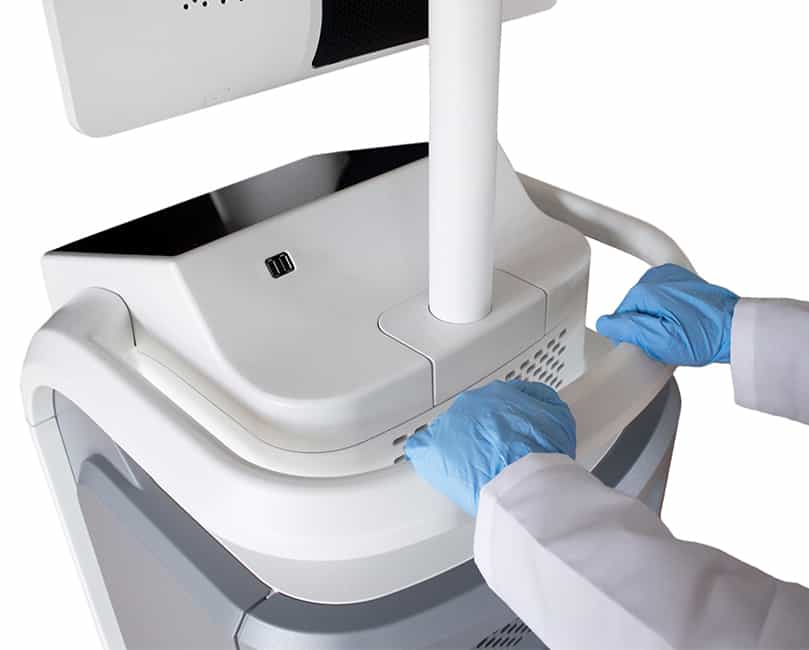
Implementing Human Factors
HSD built multiple full-scale prototypes from various materials to quickly evaluate and iterate on the human factors of the Trident HD. The team tested and determined the proper height for loading the specimen, raising it as far off the ground as possible without interfering with the optimal work surface height for the user interface. A wrap around handle integrates into the side of the body allowing for easy movement in tight spaces from any side of the device. This gives users the ability to make micro-adjustments while they are directly in front of the device to properly position it in a crowded operating or procedure room as well as easily transport it from room to room. The caster base spreads outward away from the center giving the Trident HD a stable, grounded base while allowing room for the user to easily walk behind or stand in in front of the system while operating.
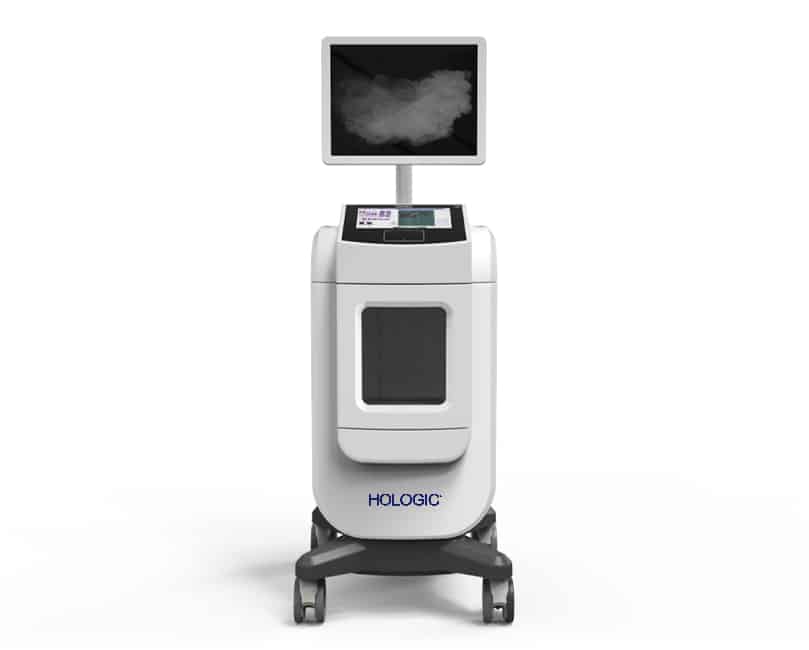
The Design
The Trident HD system’s footprint is 37% smaller than the original Trident, while its imaging area is 71% larger to accommodate even more excision sizes. Its user centered design improves workflow and reduces procedure times. The capacitive touch user interface and modern design conveys the quality and technology that it houses, ensuring users that the Trident HD is at the top of its class.

